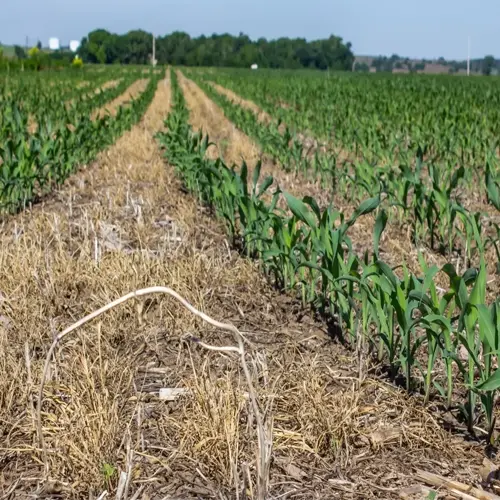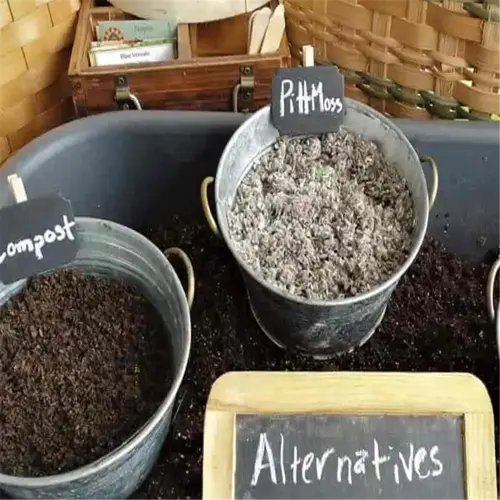How does mulch affect bulb growth in winter?

Written by
Michael Sullivan
Reviewed by
Prof. Samuel Fitzgerald, Ph.D.Mulch is a temperature regulator for bulbs in winter's extremes. I have seen before when 4 inches of straw saved too many daffodils at -20°F in Minnesota; best to apply mulch when the ground is frozen and not while deep cold still occurs. The reason is that you don't want the bulb to begin warming during fall thawing.
Organic Mulches
- Straw: Allows airflow, decomposes slowly
- Shredded bark: Resists compaction, lasts all winter
- Pine needles: Acidic pH benefits certain bulbs
- Cocoa hulls: Avoid near pets (toxic if ingested)
Inorganic Options
- Gravel: Drains well, reusable for years
- Landscape fabric: Blocks weeds but limits soil breathing
- Plastic sheeting: Riskiest option (traps moisture)
- Bubble wrap: Temporary frost emergency cover
Gardeners from the southern U.S. face a different set of challenges. In Texas, 1-2 inches of gravel is a simple solution to prevent rot in the bulbs during wet winters. A client of mine used this method successfully on their amaryllis. Do not use heavy mulches in this part of the country because they hold too much humidity and contribute to fungal disease. Inspect the soil moisture and check every month.
Cold Zones (3-5)
- Apply 6-8 inches of straw
- Anchor with chicken wire against wind
- Check for rodent nests monthly
- Remove 50% in early spring thaw
Temperate Zones (6-8)
- Use 4 inches shredded leaves
- Layer over bulb fertilizer
- Prevent compaction with stick grids
- Leave until bloom shoots emerge
Rodents take advantage of thick mulch as a hiding spot. In Vermont, a gardener lost two tulips to voles that were under eight inches of hay. We changed to sharp gravel and thinner straw, and this combination reduced damage by ninety percent. Never use mulch without pest deterrents for complete effectiveness.
Read the full article: 7 Essential Tips to Plant Bulbs This Fall

